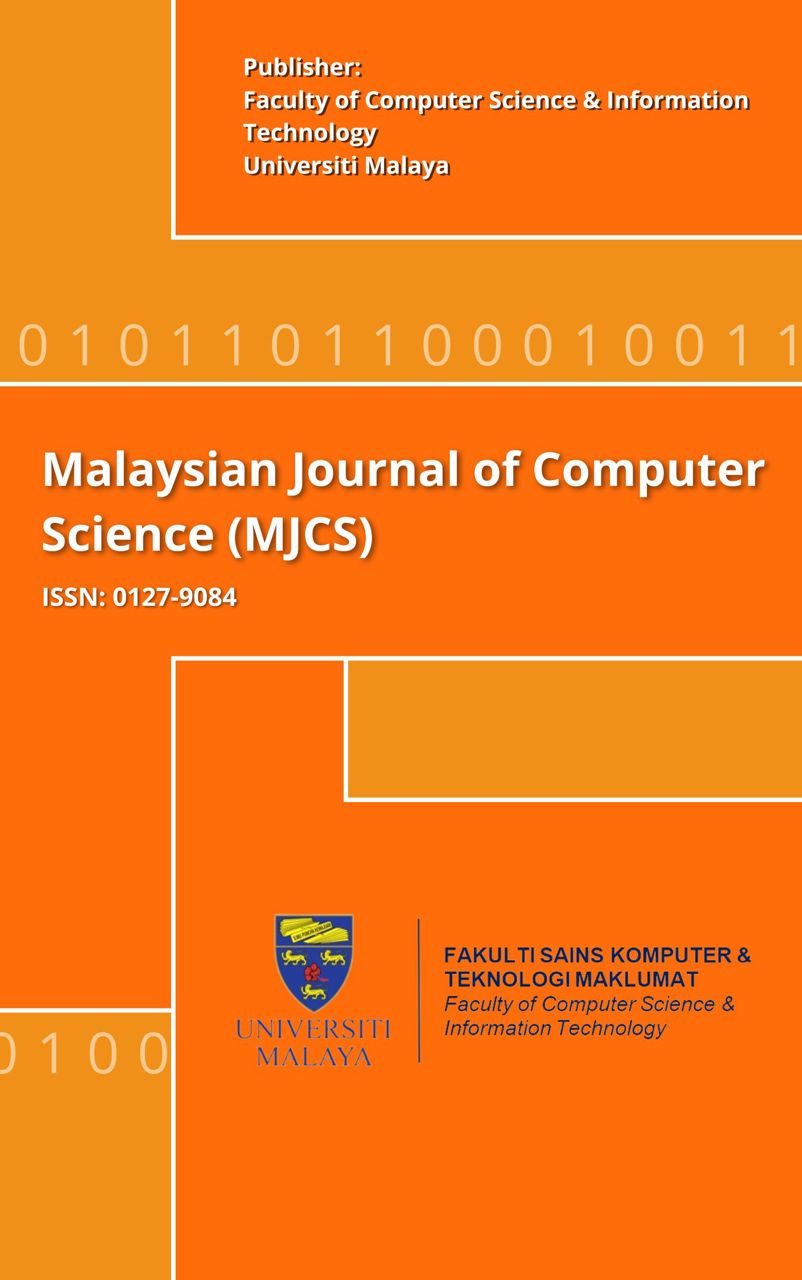Risk Prevention and Deduction in Software Development Using Fuzzy Membership Function
Main Article Content
Abstract
Evidence indicates that risks in IT projects which are not effectively managed and lack of identification and management during the life cycle of a project can contribute to their failures. Traditional risk assessment methods usually model risks with objective probabilities based on the expected frequency of repeatable events. Meanwhile, managers prefer to linguistically represent likelihoods because of the uncertainty and vagueness of risk factors. The objective of this paper is to identify risk mitigation strategies in software development projects from the perspectives of software practitioners and determine the effectiveness of these strategies. We explore the use of fuzzy methods to overcome the problems associated with probabilistic modelling through a set of questionnaire surveys which was conducted among 3000 IT practitioners using Tukey-B test, Kendall’s test and Post Hoc Tukey HSD test. We apply Fuzzy Membership Function (Fuzzy-MBF) as an appropriate mechanism in dealing with the subjectivity in the assessment of risk factors in different stages of a software development life cycle. The proposed Fuzzy-MBF offers a quantitative evaluation of risk factors and provides a systemic evaluation of risk and visualization of results.
